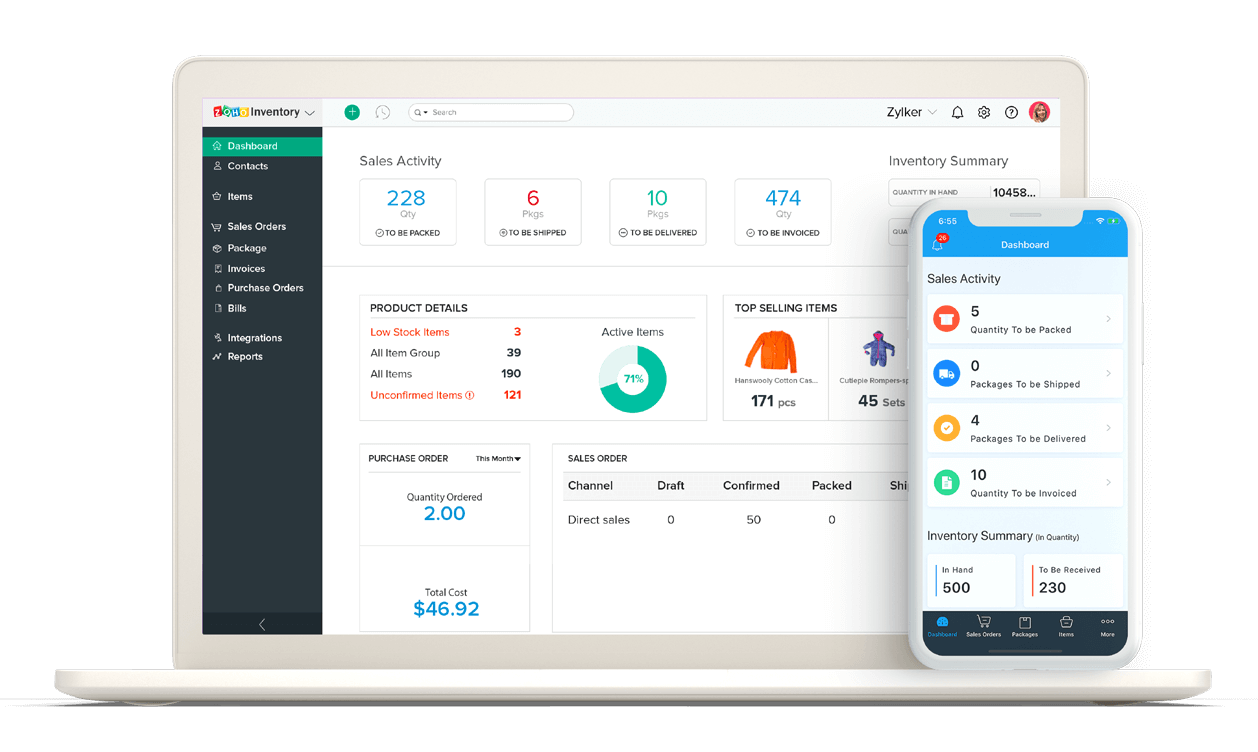What is Warehouse Logistics?
Warehouse logistics is an integral part of any supply chain. When products are not moving from one location to another, they are stored in warehouses. At any given time, there are numerous products in warehouses being stored, received, and shipped. One of the core ways of optimizing warehouse space is by understanding warehouse logistics.
Logistics vs. supply chain
These are similar terms, so let’s discuss how they are different. A supply chain refers to the entire process of converting raw material to a finished product and delivering it to the customer. Logistics is the detailed organization and implementation of a complex operation, and it helps move tangible and intangible goods through the whole supply chain. An example of logistics would be using racks and bins to store the items in your warehouse. Racks are tall shelves very commonly used in warehouses, and bins are individual spaces within the racks. By allocating items to these racks and bins, you will save your floor space, and your warehouse staff will be able to locate a product based on bin or rack location.
Warehouse logistics
Warehouse logistics refers to the physical flow of products during receiving and shipping as well as the data associated with this flow, such as fulfillment times or product information. A product being received at the warehouse has to be stored in the putaway bay and transferred to a storage location once one is allocated. When a sales order is received, the products have to be located within the warehouse and shipped to the consumer. This is the physical flow of goods.
Inflow of stock:

Outflow of stock:

Information flow is about analyzing product demand and determining how long it will take to fulfill a customer’s order. When both of these flows are synced and optimized, it helps a business run smoothly.
Before setting up your warehouse:
- Choose the right location to set up your warehouse by considering the transportation costs and areas of highest demand.
- Make sure that you have sufficient capital to set up the warehouse.
- Have an optimized floor plan to increase storage space, prevent accidents, and function effectively. For example, it’s a good idea to place the loading and unloading bay close to the road.
- Hire professionals to handle warehouse tasks.
- Select the right equipment and machinery for the warehouse.
After setting up your warehouse:
- Estimate and plan for daily operational costs.
- Analyze product trends and forecasts to be prepared for customer demand.
- Choose the right software to manage operations in your warehouse.
- Lay out a proper strategy for handling damaged products and returns from customers.
- Implement pest control measures to protect your products.
- Enforce a safety policy that will help prevent accidents, and be prepared if anything goes wrong.
Benefits of an efficient warehouse logistics plan
Here are some of the ways an effective and intuitive warehouse logistics strategy can help your business:
- Increased overall efficiency
- Better inventory management
- Accurate delivery times and reorder levels
- Lower operational costs
- Higher customer satisfaction
An ideal warehouse logistics plan will streamline your supply chain, resulting in lower costs for you as the business owner and lower prices and faster delivery times for the customer.
It is ethical to strive for delivering quality products at the cheapest price possible for your customers. Warehouse logistics is a key factor in this. Better logistics means a more efficient supply chain and lower costs for you and your customers.
Prepare a list of challenges that affect your warehouse operations and create a strategy to address them effectively. Choosing a WMS to monitor these activities and consolidate data in one place is one way of addressing your unique warehouse logistics issues.
Zoho Inventory is a cloud based inventory management software that can help a business with monitoring the physical flow of products automatically based on the transactions that are recorded within the system, that is when you record purchase transactions the stock increases and the sales transactions will reduce your stock. Apart from tracking the physical movement of stock you can also get insights from the inbuilt reports module, this allows you to track information and plan according to the data that you have on hand.





































